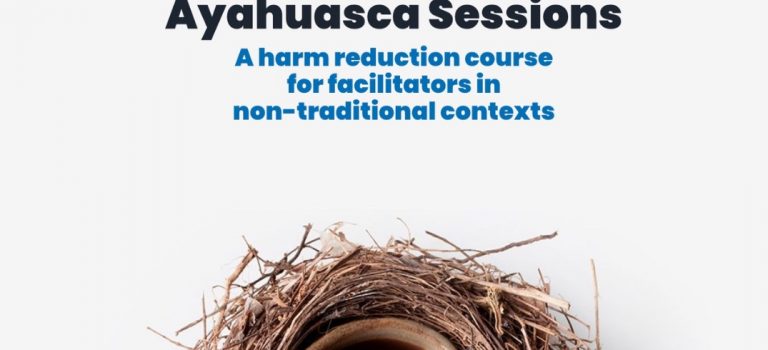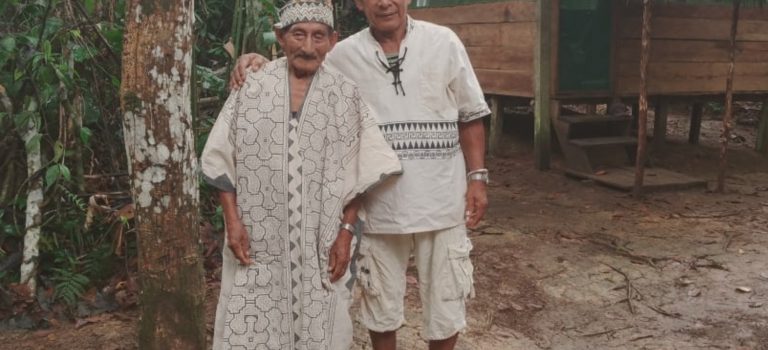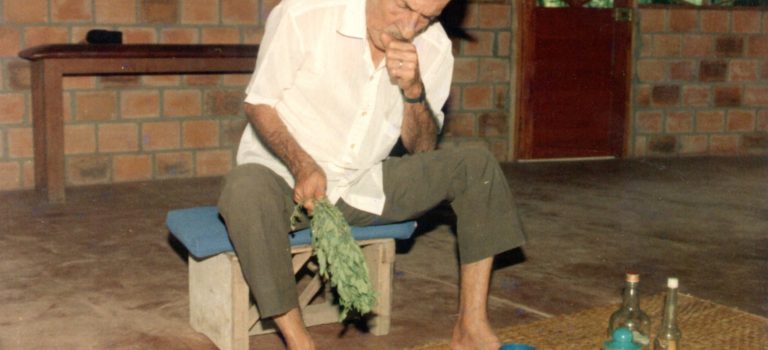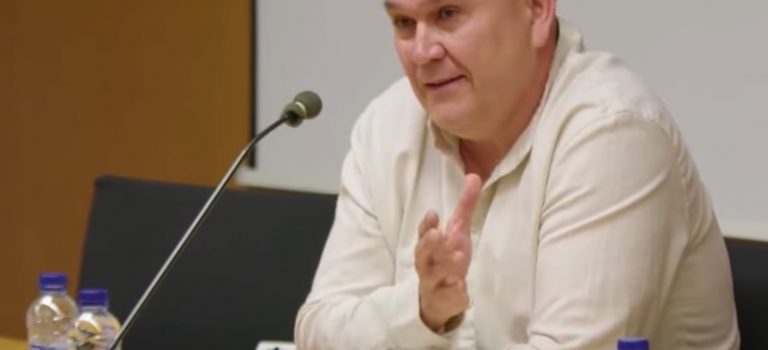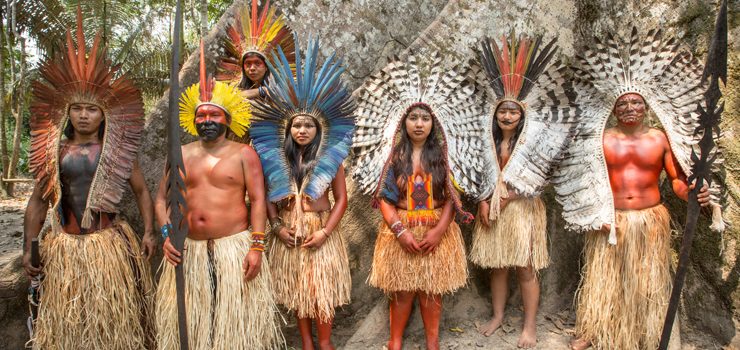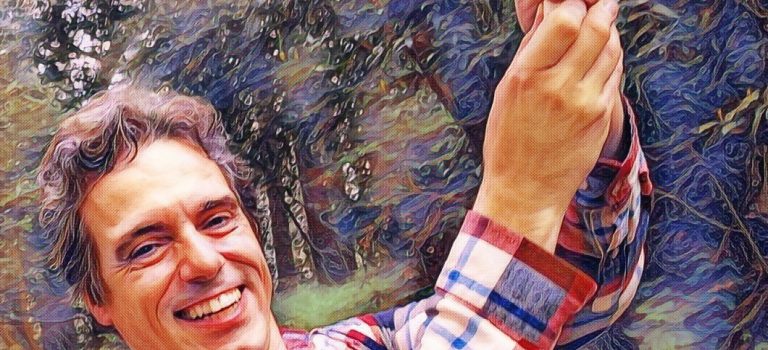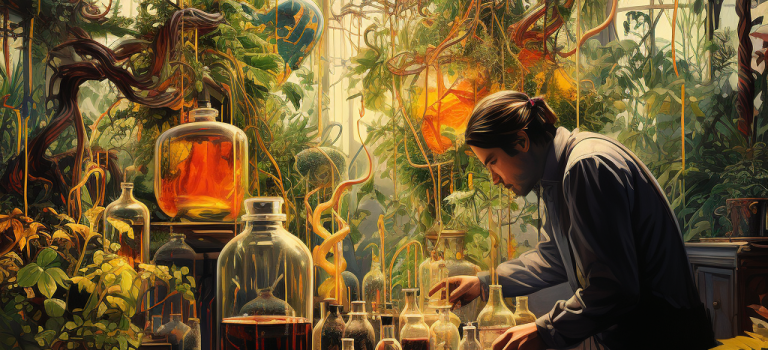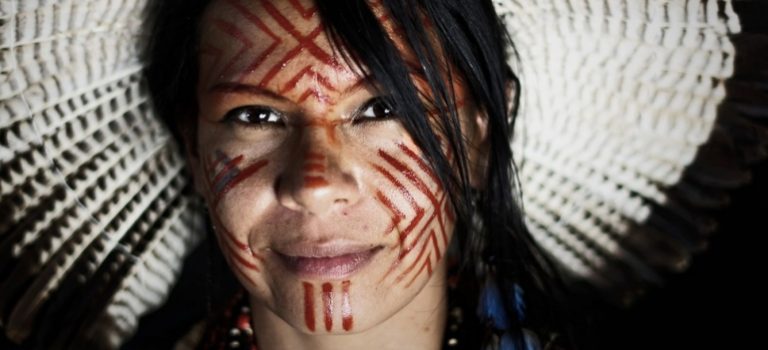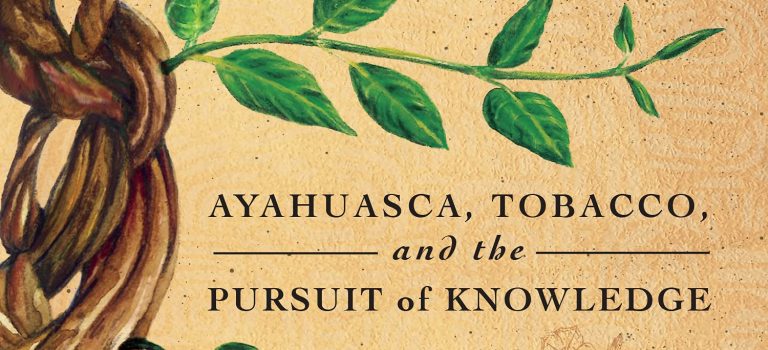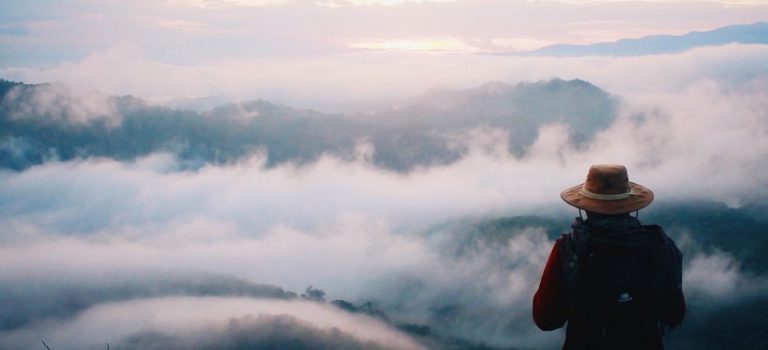On May, ICEERS begins the 3rd edition of the course ‘Increasing safety in ayahuasca sessions’, a pioneering training for guides and facilitators of ayahuasca work in non-native environments to learn the best practices around ayahuasca to reduce risks and increase benefits during sessions.
The course lasts six months and its format is mixed: one hour of video and live dialogue every two weeks to chat and ask questions to the instructors, namely David Londoño, José Carlos Bouso, Constanza Sánchez Avilés, Marc Aixalà and Jerónimo Mazarrasa, all members of the Barcelona-based NGO and its Support Center, which has been attending “hundreds of cases” of people who have suffered some kind of mishap during or after the ingestion of ayahuasca for several years.
Read more